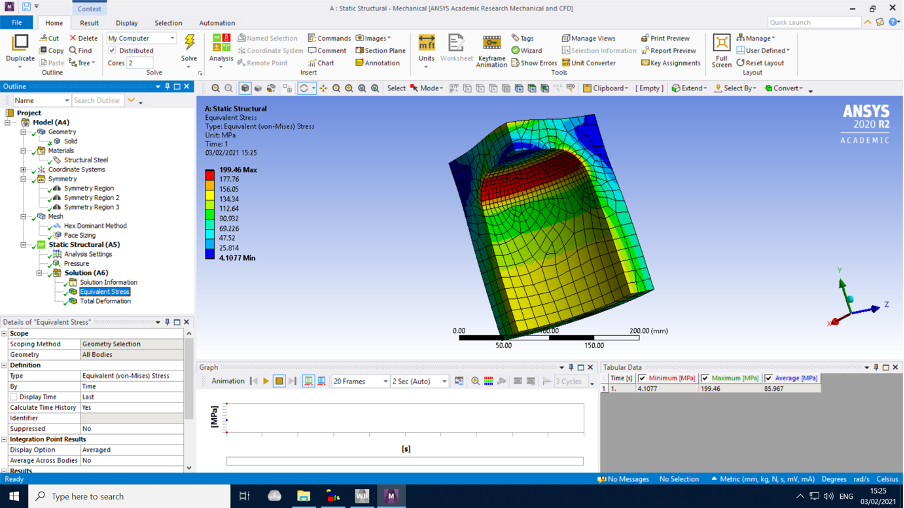This is a guest post by Dr Andrew Cowell, Senior Lecturer in the School of Computing, Engineering and Built Environment.

Like many of you reading this post, aspects of my teaching delivery really had to change when lockdown was enforced due to Covid-19, and it was really quite a stressful time. Unfortunately, we could not imagine that we’d still be in the same position almost (or over, depending on when you read this) a year down the line. That said, I am going to try to take something positive out of this change of working and share some of the things I benefitted from through lecturing from home. As I stated to Kay Guccione when discussing my postponed submission of my SFHEA application due to lockdown, “maybe we’ll find that lockdown provides further case studies to improve my application.”
Whilst this might not apply to everyone, for me, there are the obvious benefits to working from home: less commuting time, longer sleep times, and making your lunch at home every day with the benefits this brings. However, this is a blog about Learning and Teaching, so I will focus in on these aspects. In all, I would argue that sleeping longer and eating a more varied diet makes for a happier and more engaged lecturer, but maybe that is for someone more qualified in this aspect than I.
The first thing that I benefitted from in remote teaching during lockdown, and in the move to a more formal arrangement in Trimester A of Session 2020/21, was the acquisition and then use of a wireless tablet to allow me to scribble and annotate on presentations. I appreciate this is not new technology, but sometimes the pressure of the situation is such that you find new and improved ways of doing things that you previously didn’t have the time for, or inclination to, before. I feel that this gave a better depth and real-time interactivity to the presentations I was doing and enabled me to add strength to some of the aspects of the lecture material I wanted to highlight. Of course, sitting at my dining room table might be more conducive to this mode of operation than sitting in a computing lab or standing at the front of a lecture room, but only time (and opportunity) will tell on that front as I adapt it to face-to-face teaching. This was also useful during the remote lab sessions that we conducted for students.

The next thing that changed for me through teaching remotely was a change of aspect for my tutorial support in engineering. I am a strong believer that students learn better and more deeply if they are working independently to solve problems rather than watching demonstrations of how to solve a particular problem. Therefore, I have in the past normally demonstrated worked examples during my engineering design lectures, and then asked the students to work away by themselves in a tutorial room. This has changed slightly in more recent years to be more guided and perhaps asking the class to work as a group to solve problems with my guidance. In the remote teaching setting, I felt there was no option but to ask the class group to work as a team and solve the problem together.
For the students willing and able to engage, I feel this has resulted in a much better learning experience, and there is some evidence that those attending these classes tend in the main to do better in the assessments for these modules. I hope also that the students who did not engage directly got more out of hearing their fellow students answer the problem as a group than they would have done if I had just gone through the solution step by step by myself. Engagement from students in class is always an issue, whether remotely or in the room, as some students may be too shy to interact in class. We give all students opportunities to participate, as well as offering individual support during online classes, and on the return to face-to-face teaching will make sure they have the chance for one-to-one interaction, if required.
The final benefit I wanted to talk about here is the ability to record all sessions on each module, both lectures and tutorials, and make these available to students to download. I do have direct feedback from students that they have found this invaluable. The ability to work back through something at your own speed, and indeed as many times as you like, time permitting, has definitely been advantageous to the students I’ve spoken to. This is definitely something that would not have been as straightforward to do in a classroom setting. I have done video recordings for our African Leadership College partnership, and it is definitely not as simple as pressing the button on Collaborate Ultra, which is a whole other rich topic, another post for another day.
I hope I’ve been able to set out clearly that lockdown and teaching remotely during the restrictions over the last year have allowed for new and important ways of delivering practical and engaging teaching experiences to students that can be taken forward into the future and learned from and built upon as we emerge from lockdown and resume face-to-face teaching. I certainly hope to maintain my use of the wireless tablet, taking due account of the challenges mentioned already. Hopefully you have also added strings to your teaching bow during this period and will have the opportunity to continue to use these.


Reading this was just lovely 🙂
LikeLike